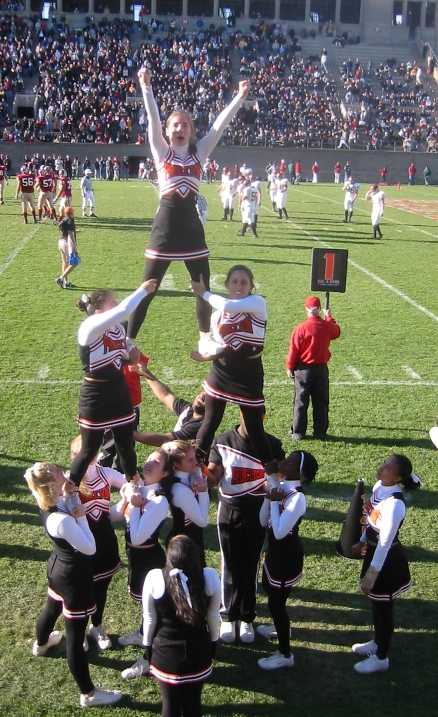
Experiments to Test for the Existence of ESP
In 1882, the Society for Psychical Research was founded in London, and apparently was the first institution to specifically study events that had been called "psychic" or whatever. Many noted people from Cambridge started this society. Their wives left them shortly afterward. Today, there are many of these sorts of institutions, including numerous ones in the U.S.
Here are a few experiments that have been purported (by their practitioners) to prove the existence of psychic phenomenon:
The Rhine Experiment: First conducted at Duke University in 1930, the Rhine experiment (named after Dr. J.B. Rhine) involves a subject who tries to guess what symbol is on the other side of a card. When a subject guesses which symbol is being held up in front of him, the result is recorded as a hit. When the number of hits recorded is greater than the number that can be expected by random chance, researchers conclude that the subject displays ESP.
Index
Some info about ESP

Princeton cheerleaders try to affect a random number generator by thinking about the same thing at the same time. Unfortunately, none of them could concentrate for an extended period of time, and there was a slight increase in the randomosity of the numbers generated. - JB